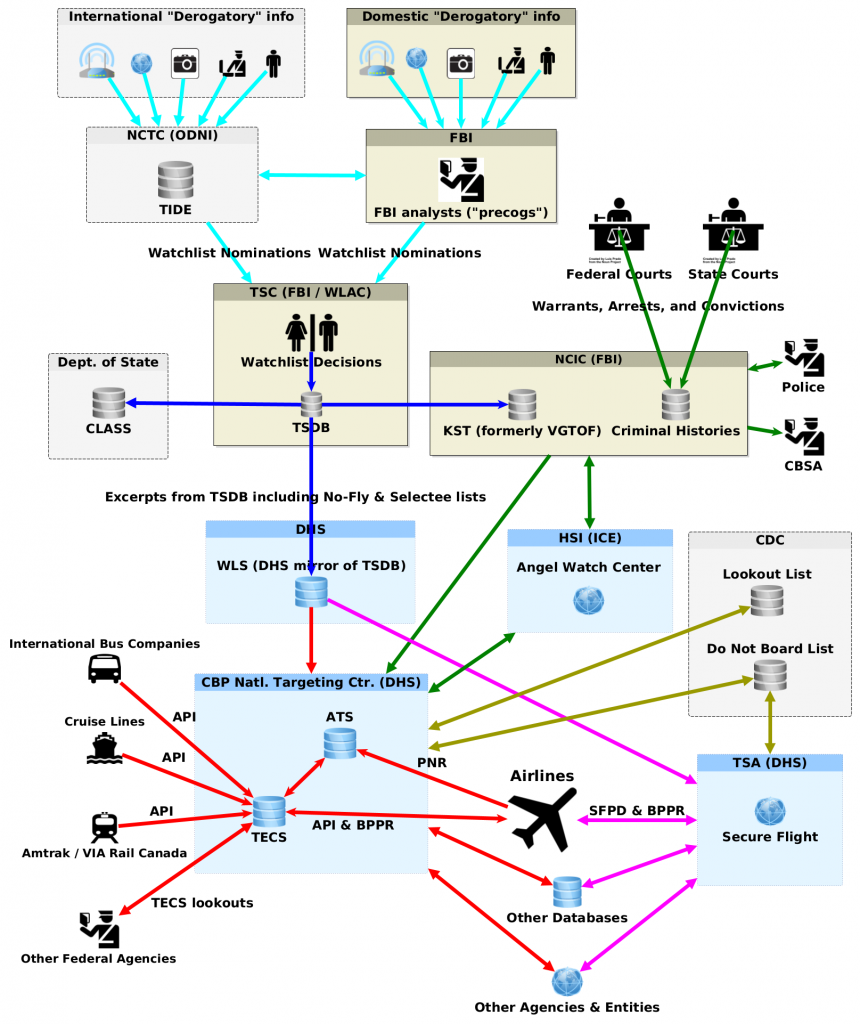First appellate-court ruling on COVID-19 travel restrictions
Last week, the First Circuit Court of Appeals in Boston issued the first ruling by a Federal Federal appellate court concerning restrictions on the right to travel imposed on the basis of the COVID-19 pandemic.
There have been other Federal District Court rulings on COVID-19 travel restrictions, as we have reported previously. But so far as we can tell, no other Federal appeals court has yet ruled on any of these cases. And while there have been other Federal appellate decisions concerning restrictions on gatherings and activities, they haven’t involved the right to travel.
The decision by a panel of the First Circuit came in the case of Bayley’s Campground v. Mills, which we mentioned before in a round-up of COVID-19 right-to-travel cases.
Bayley’s Camground v. Mills is a challenge by the owners and several frequent out-of-state guests of a campground in Maine to an Executive Order by Governor Janet Mills requiring 14 days self-quarantine by anyone entering the state of Maine, and prohibiting the operation of lodging services, including campgrounds, with limited exceptions.
Ruling on an interlocutory appeal of the denial of a motion for a preliminary injunction, the First Circuit panel upheld the District Court decision denying an injunction against enforcement of the Maine state order while the case is pending, Most of the First Circuit opinion, however, is favorable to future challenges to state actions that encroach on the right to interstate travel.
First, the Court of Appeals found that it could consider the merits of the case, even though the challenged order was modified and partially rescinded while the case was pending:
A contrary ruling… would run the risk of insulating from judicial review an allegedly overly broad executive emergency response, so long as it is iteratively imposed for only relatively brief periods of time. Accordingly, we conclude that the plaintiffs’ request for injunctive relief from [the Executive Order’s] self-quarantine requirement is not moot,… and so we turn to the merits.
Second, the Court of Appeals accepted the District Court’s premise that there is a Constitutional right to interstate travel and that any state action which restricts the exercise of that right is subject to “strict scrutiny” including a requirement for the government to show that no less restrictive measure could adequately achieve the “compelling governmental interest” that is the goal of the restrictive measure.
The Court of Appeals found that the state of Maine had produced sufficient evidence of the compelling need for the self-quarantine and other travel restrictions that the campground owners and would-be campers were unlikely to succeed on the merits. But the ruling concerns only the request for a temporary order while the case is pending.
Proceedings in the District Court were stayed pending the interlocutory appeal, but will now resume. No trial or final decision appears imminent.
